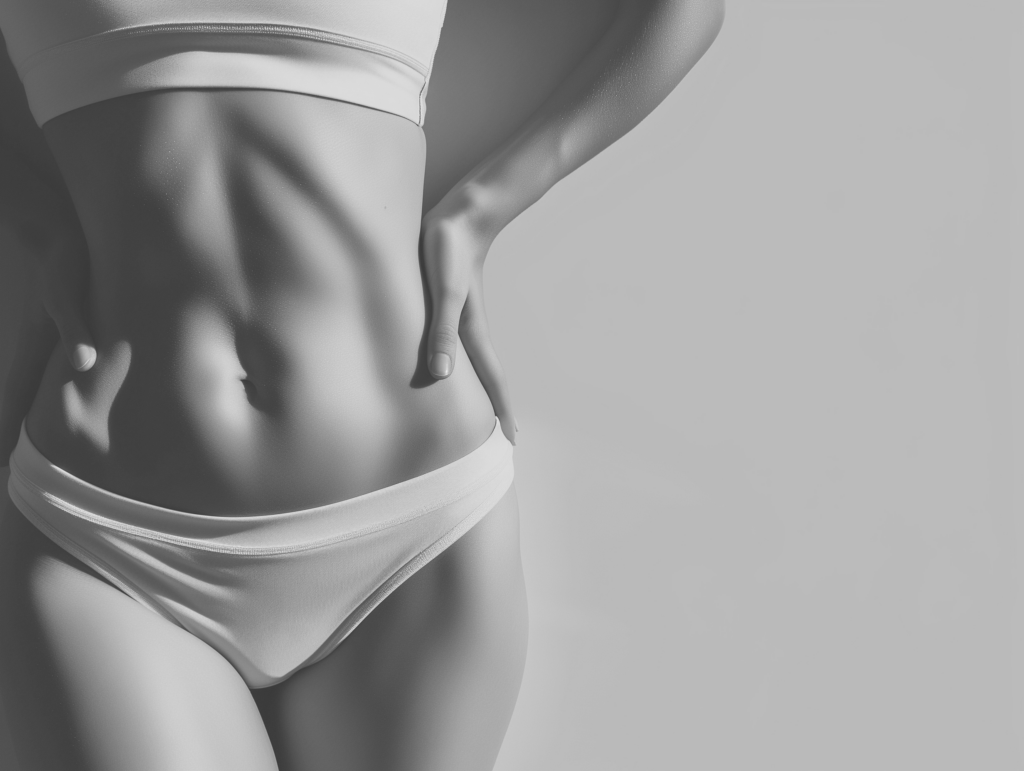Microneedling For Acne Scars
Microneedling Acne Scars Is A Great Treatment For Many Patients.
why Acne Scars Develop?
Acne develops when the normal tissue in the skin becomes inflamed resulting in a blemish. The blemish can be a papule, pustule or cyst. The follicle or pore fills with excess oil, dead skin cells and bacteria causing a blemish or pimple. Scarring develops when the skin attempts to heal itself and the pores are clogged with dead skin, oil and bacteria resulting in cystic acne. Cystic acne can be caused by fluctuation in hormones during puberty, monthly menstruation and perimenopause. The deeper and more inflamed the blemish, the more likely it is to scar. If the skin tissue endures recurring bouts of cystic acne or lingering blemishes deep into the skin layers, these painful nodules can cause scarring. The inflammation caused by acne affects collagen production and fat storage under the skin often resulting in a visible scar on the skin’s surface.
what Are Acne Scar Types?
Acne scars can surface in different forms. Acne scars generally fall into two categories: atrophic resulting from a loss of tissue and hypertrophic resulting from excess tissue. Common types of atrophic acne scars are referred to as ice pick, boxcar, rolling and keloid. Hyperpigmentation may also result from acne.
Ice pick scars appear as a tiny hole in the skin or a small depression. Ice pick scars are often seen around the jawline, chin and cheeks where hormonal breakouts occur. Rolling scars result from long term inflammation with shallow, smooth edges. Box car scars are also shallow, but have sharper edges. Collagen loss causes the skin to collapse creating the appearance of scars. Keloid scars result from excess tissue which develops during the healing process. Hyper-pigmentation results when too much melanin is produced leaving behind a darker spot on the skin surface.
are Acne Scars Harmful?
Acne scars themselves are not harmful. However, the appearance of scarring can be harmful to one’s confidence. Acne scars can be embarrassing. Makeup or facial hair can camouflage insignificant scarring. Some scars are not obvious from a social distance, but more severe atrophic or hypertrophic acne scarring can be more obvious and more difficult to conceal.
how Are Acne Scars Treated?
Severe acne scars do not respond well to over the counter remedies. Laser treatments can help to resurface the skin, however, a side effect can be uneven skin tone. Chemical peels use acid to remove the foremost layer of the skin. Fillers, filling the skin with fat or collagen, cause scars to puff up and smooth out over time. A last result is surgery. A doctor would remove the offending skin and create grafts to replace it. A less invasive, but highly effective treatment is microneedling.
why microneedling Acne Scars Is A Positive Treatment?
Microneedling punctures the skin, breaking down the scar tissue while promoting regeneration of the affected areas. The tiny needles create a micro injury which enhances the production of collagen and the skin’s own healing response to correct the scarring. Microneedling, creates healthier looking skin without the side effects of other treatments.
COntent from Induction Therapies website which is the device utilized at Dccm



